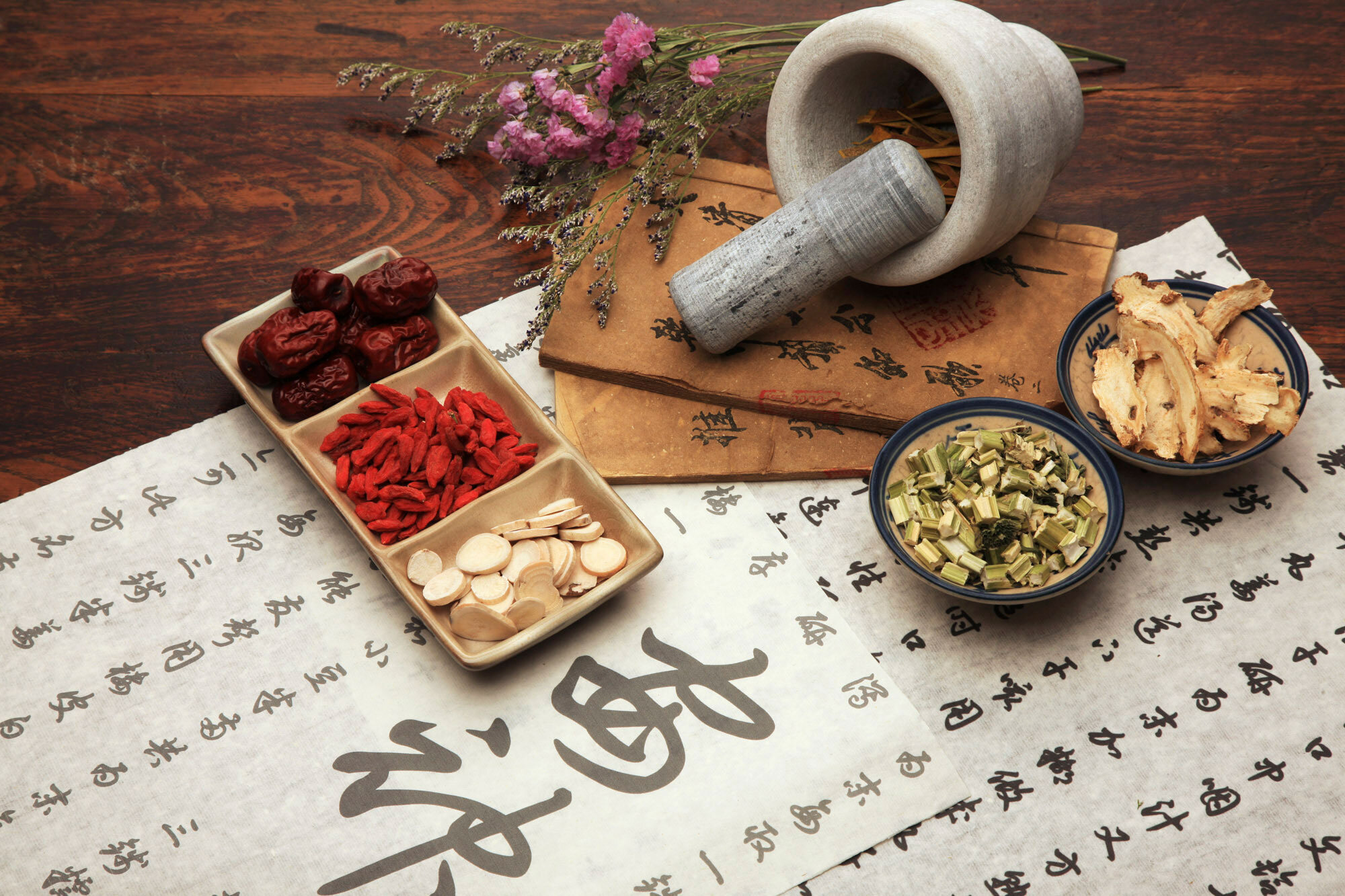
Chinese Herbs For Pets
Traditional treatments, modern results
Chinese herbs are an important component of traditional Chinese veterinary medicine, and has been studied for more than 4,000 years. Herbs are used to restore balance, similar to acupuncture, but have longer-lasting effects.
The use of herbal therapies, in combination with acupuncture, typically reduces the number of acupuncture treatments that are needed to maintain their results. Positive results are generally observed a few days to few weeks after herbs are introduced into the body.
Unlike Western medications, herbs do not have many side effects, and strengthen organs rather than strain them.
Treating core internal conditions
Herbs are especially important in treating internal medicine conditions such as immune conditions, endocrine disorders, chronic kidney disease, liver disorders, gastrointestinal disorders, seizures, heart conditions, and cancer. Many older patients have chronic deficiencies that need to be balanced over the long term. Additional uses of herbs include:
Potentiate the effects of acupuncture
Help lower doses of pharmaceutical medications
Promote the body’s ability to heal itself
High-Quality Herb Producer
We source our herbs from Dr. Xie’s Jing Tang Herbal, based out of Ocala, FL. Dr. Xie has been producing high quality Chinese herbs for dogs using strict quality control and good manufacturing practices since 1999.
Shipped to Your Home
If you are interested in chinese herbal medication for your pet, we will provide you with our recommendations the day following the appointment. All necessary herbs can be shipped directly to your home within a few days. These herbs may come in capsule, powder, or tea-pills depending on your pet’s preference.
We modify herbal medications based on how your pet is responding to them and how their diagnosis has evolved with treatment.
A History Of Traditional Chinese Veterinary Medicine (TCVM)
Traditional Chinese Medicine is comprised of five branches: acupuncture, tui-na (chiropractic/massage), herbal medicine, food therapy, and life style (exercise). These branches have been evolving since the Huang Di (Yellow Emperor) period (2696 BCE-2598 BCE). During this period Ma Shi Huang, a famous veterinarian, began treating animal diseases with acupuncture and herbal therapies. It was claimed that horses that received his treatment would immediately get well.
Shen Nong was a mythological Chinese ruler whose name translates to the “Divine Farmer”. Shen Nong not only taught his people basic agriculture but would taste herbs to discover their medical use. His contributions were critical to the development of Chinese medicine. His findings were compiled more than a thousand years later into “Shen Nong Ben Cao Jing”. This is the earliest known materia medica (pharmacopoeia) which outlined 365 medicinal herbs.
During the Zhou Dynasty (1046 BCE-221 BCE) the Yellow Emperor’s “Classic of Internal Medicine” was written. This pivotal book departed from the old shamanistic beliefs that disease was caused by demonic forces. Instead it focused on the fact that the universe is controlled by certain principles such as Yin and Yang, Qi, and the Five Elements. This text enforced the belief that, health could maintained by understanding and keeping these principles in balance.
As China entered the Sui Dynasty (581 CE- 618 CE) then the Tang Dynasty (618 CE- 907 CE), development of comprehensive veterinary medical education began. Numerous books on treating animal diseases with acupuncture and herbal therapies were released during this time. In addition, the Tang court government compiled authors to release “Xin Xiu Ben Cao” which described 850 Chinese herbal medicines for both humans and animals.
